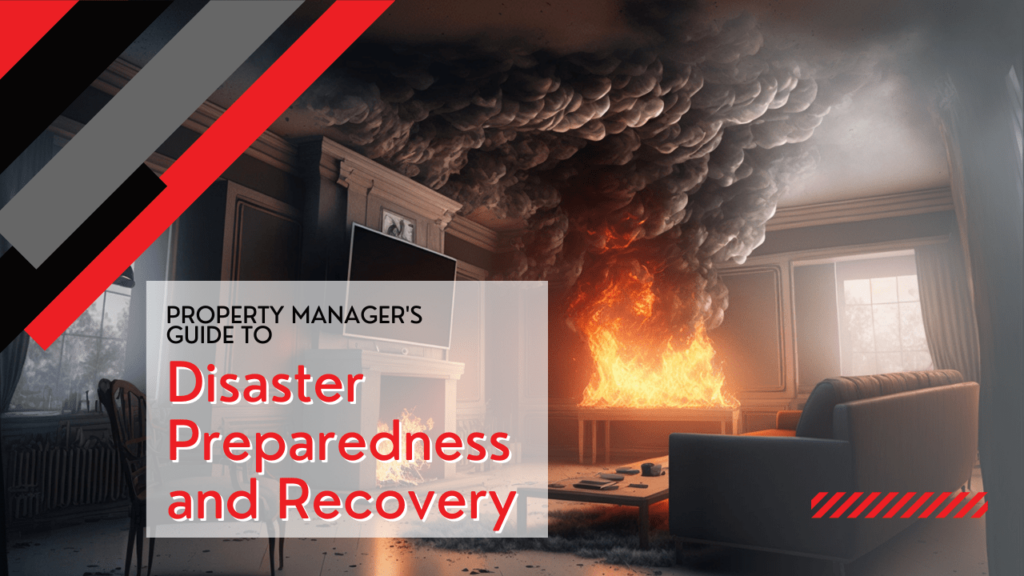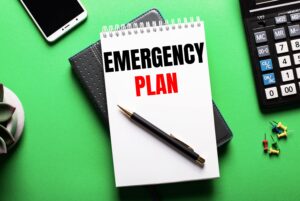
This is California, and we’ve been known to suffer a disaster or two.
Whether it’s an earthquake, a flood from a freak tropical storm, or a wildfire burning out of control in a forest that’s just a little too close for comfort, California rental property owners need to be prepared for potential disasters. There are also the disasters that come from inside the house; kitchen fires and plumbing catastrophes, and even tenant damage. Today, however, we’re focusing on those disasters that we cannot control.
How can you feel prepared?
We’d recommend working with a local property manager. Here are some of the ways that we provide disaster preparedness and recovery.
Understanding California’s Risks
The first part of preparing for a disaster is understanding the risks to which you and your property are particularly vulnerable. Here are the most common risks your investment property in California will encounter:
- Earthquakes. Obviously. These are common in California due to the San Andreas Fault and other tectonic boundaries. Structural integrity and emergency supplies are key factors in earthquake preparedness.
- Wildfires. There seem to be especially bad years, usually during dry spells. Wildfires can spread quickly, putting properties and lives at risk.
- Floods: Both coastal and inland regions of California can experience floods, often as a result of heavy rainfall following droughts or wildfires.
Developing Your Disaster Preparedness Plan
Here’s what to do to give yourself, your tenants, and your rental property the best shot at recovery.
Risk Assessment
Conduct a thorough risk assessment of all properties you manage, considering their location and structural vulnerabilities. Work with professionals to gauge what kinds of natural disasters could potentially affect each property and develop specific strategies to mitigate those risks.
Preparation Strategies
- Emergency Supplies: Ensure that each property has an emergency kit that includes food, water, first aid supplies, and other essentials. Work with tenants to ensure they’re aware of these supplies and willing to replenish them if necessary.
- Tenant Communication: Establish a communication plan to keep tenants informed before, during, and after a disaster. Consider multiple communication methods, such as emails, text messages, and physical postings.
- Insurance Review: Regularly review your insurance policies to confirm they cover disaster-related damages adequately. Earthquake insurance isn’t required in California, but it’s a good idea. Consider additional coverage like flood insurance where necessary.
- Evacuation Plans: Design and communicate clear evacuation routes and procedures to tenants and ensure they are updated when tenants change.
Navigating Disaster Recovery
Recovering from a disaster can be just as challenging as preparing for one. Here’s how to manage the process:
Step 1: Immediate Response
Once it’s safe, assess the damage to properties and communicate with tenants about the next steps. Provide them with resources for disaster recovery and support wherever possible. File any necessary insurance claims.
Step 2: Property Restoration
Work with contractors and insurance adjusters to start the repair and restoration process promptly. Document all damages and keep detailed records of repairs and costs for insurance purposes.
Step 3: Review and Rebuild
After recovery, review how well your preparedness plan worked. What can be improved? Take lessons learned and apply them to your preparedness plan for future incidents.
 Preparing for an emergency and a quick, organized reaction can significantly reduce the negative impacts of potential disasters in California.
Preparing for an emergency and a quick, organized reaction can significantly reduce the negative impacts of potential disasters in California.
Let’s talk about your specific properties and how to protect them. Contact us at ZenPro Property Management.
